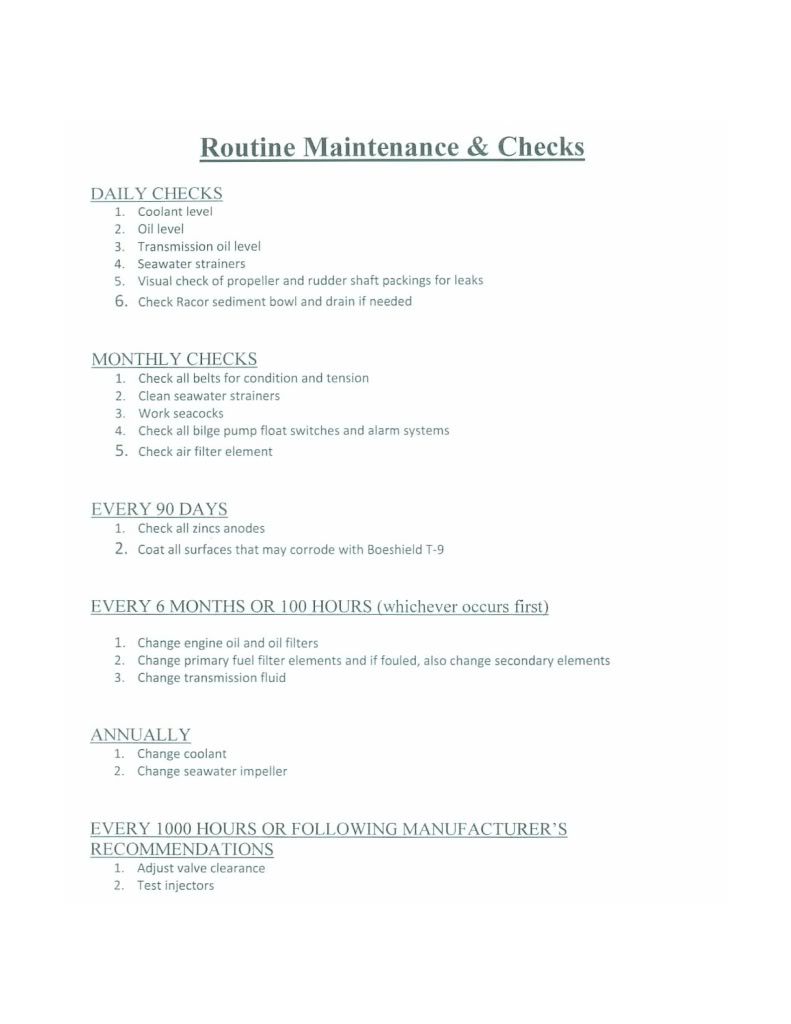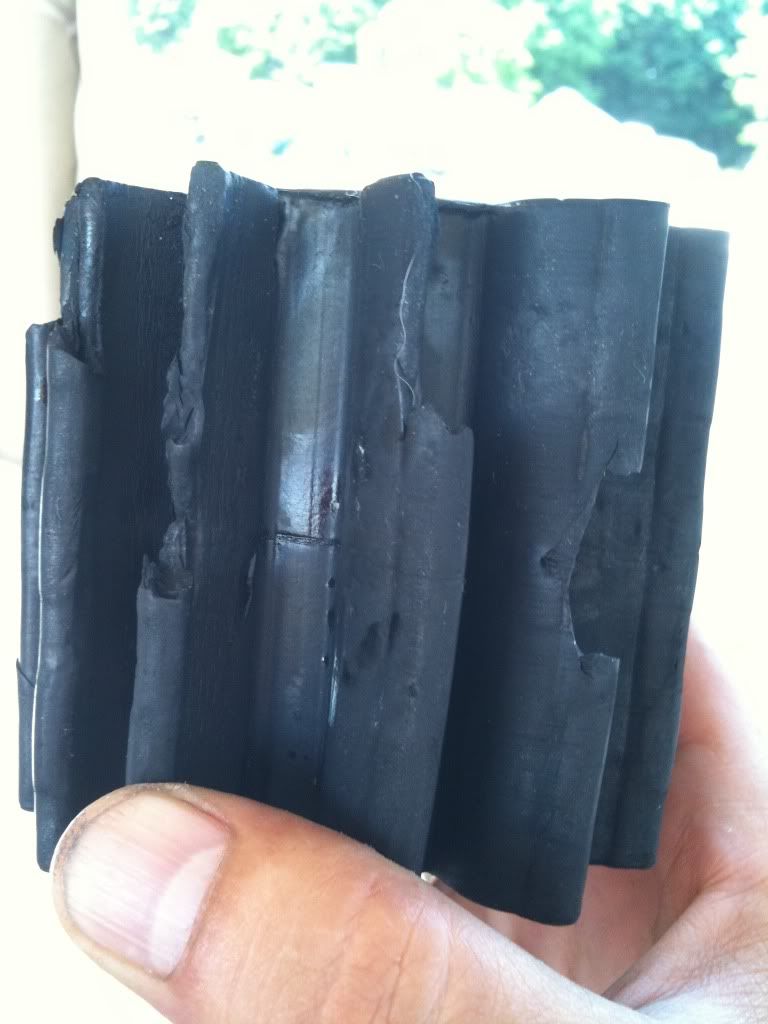Graham Lorimer
Member
- Feb 13, 2009
- 436
- Boat Info
- Sundancer 460 2002
Volvo 480 HP
Raymarine Electronics
Avon 320DL RIB
Yamaha 25HP 4 Stroke
- Engines
- Volvo 74 TAMD EDC
My 400 1997 Sundancer running 3116 TA Caterpillars, has for the last two years run at 180 degrees when run at full cruise speed of 2200.
Yesterday when out, at 1150 rpm's (my usual cruise speed), temperatures were just below 180, quite normal. When raising the speed to 2200 rpm, the port engine ran at 180 but the starboard ran at about 187 degrees. After ten minutes at that speed, as I dropped back to 1150, the temps both ran at the same at 180.
Should I worry about this, is it a sign of a problem starting to show up?
The raw water filters are clean and the flow seems normal out the exhaust. Water coolant levels are correct when I checked again this morning.
Thanks for any advice
Graham
Yesterday when out, at 1150 rpm's (my usual cruise speed), temperatures were just below 180, quite normal. When raising the speed to 2200 rpm, the port engine ran at 180 but the starboard ran at about 187 degrees. After ten minutes at that speed, as I dropped back to 1150, the temps both ran at the same at 180.
Should I worry about this, is it a sign of a problem starting to show up?
The raw water filters are clean and the flow seems normal out the exhaust. Water coolant levels are correct when I checked again this morning.
Thanks for any advice
Graham






